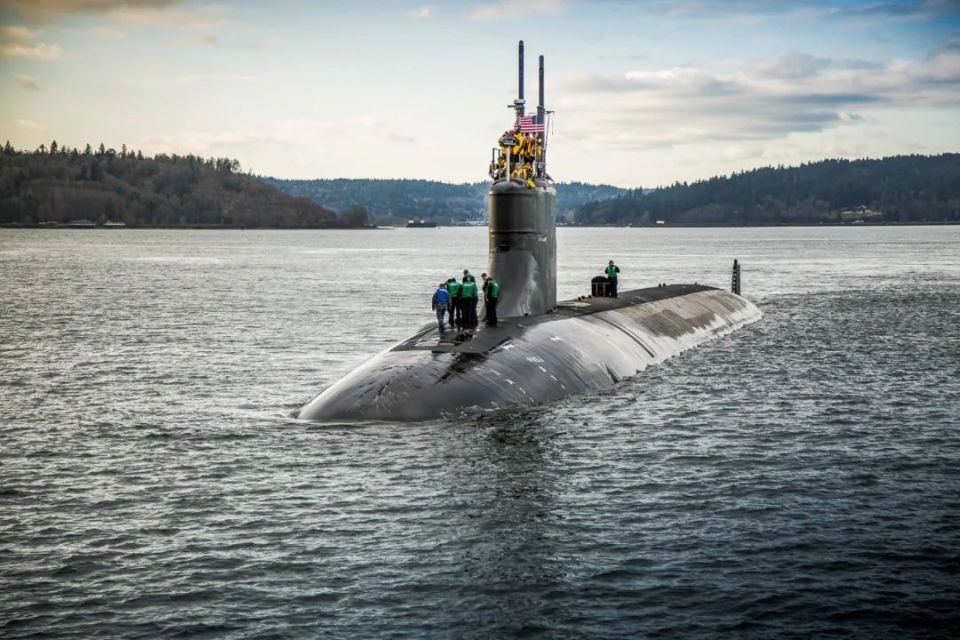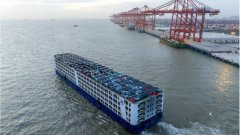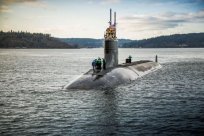
As the regional situation is tight, the underwater struggle is likely to have just begun.
This article was first published in the Southern Character Weekly/Southern Character Weekly Zhu Jiangming
Recently, some media reports that the Chinese maritime police found a U.S. P-8A anti-submarine patrol aircraft in the South China Sea while cruising in the South China Sea.China immediately dispatched ships to salvage.According to CGTN, the unknown objects were recognized as sonaron buoy.
Sonar is an electronic equipment that uses sound waves in water to detect, locate and communicate underwater targets. It is the most widely used and most important device in water acoustics.The place where the US has launched a detector is located near the waters of Renai Reef in China. This is also a waters where China and the Philippines have repeatedly occurred at sea conflicts.
Although the US Department of Defense has remained silent after the incident, the incident undoubtedly made the situation in the South China Sea that was already quite tight.
In fact, the underwater struggle in the South China Sea may be far more intense than on the sea.As early as 2016, the Chinese Navy salvaged an underwater detector under the US Navy in the South China Sea.In 2021, the most advanced sea wolf -level nuclear power attack submarine in the United States also occurred in the United States.If it is calculated in 2016, the "Indo -Pacific Region" has lasted for more than 8 years underwater, but because of the lack of visibility and shooting conditions underwater, it is difficult to be discovered or disclosed by the outside world in this regard.
From the now public situation, it can be seen that the surrounding powers have continued to deploy underwater detection devices in the South China Sea and the Indian Ocean.In addition to activities in the region, it is necessary to continue to update the local hydrological situation and landform change.
The timely update of hydrological landforms is important to underwater military operations. The underwater impact of the sea wolf -class submarine can explain the problem. Although the United States has not had the results of the investigation of the incident, the outside world canIt is generally believed that the sea wolf has encountered an underwater obstacle that has not appeared in the Haitu previously drawn.The submarine does not effectively observe the surrounding obstacles in the sneak, and in order to avoid exposure, it will not open the active sound to explore the road. Therefore, the sailing in sensitive areas can only rely on Haitu navigation for most of the time.The obstacles that are not identified in the Haitu may collide if they do not make any sound.
So the underwater sea map before the submarine departure must be as precise as possible. Underwater landforms may often change due to earthquakes or the outbreak of the sea floor.It may be deliberately deployed by other forces, such as large cement pier and iron chain, as a means to interfere with submarine activities.
As the situation in the South China Sea is becoming more and more tense, the surrounding forces may deploy equipment such as underwater combat submarines or unmanned navigators in this area.A conflict can also be converted into important lurking forces in the area at any time.Regardless of the submarine or suicide unmanned boat, the threat is very large, and because of its strong concealment and difficulty in identification, if it is in place in a peacetime period, it can play an important role in war.A large number of sensors and underwater reconnaissance equipment are the inevitable results of the game of all parties in the region. With the tight regional situation, the underwater struggle is likely to have just begun.




